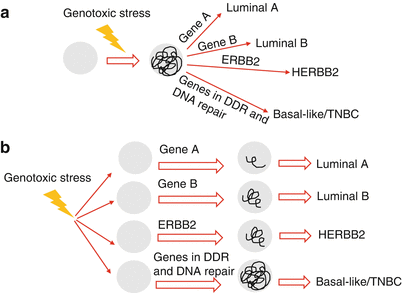


Although other criteria should be taken into consideration, having a proven methodology for qualification and effort estimation – as well as other change management, governance, operation, and support measures – will help ensure positive implementation results. Robotize the remainder of any repetitive, rules-based, and often high-volume tasks, using either attended (front end) or unattended (back end) RPA, if a clear business case is identified for development and operation. It isn’t easy to keep up with the increasing market of these often niche problem-solving solutions, but in terms of efficiency gains, it’s definitely worth identifying and implementing them. The term automation can certainly be used in a very broad context and often includes RPA and robotics, but doesn’t include GUI-based RPA in this context. Our teams are, for example, often able to turn on or configure major, paid-for, functionalities of an ERP system, which bring significant benefits when used properly.Īutomate process steps that are typically error-prone or time-consuming with specialized – often small-scale and inexpensive – tools, either off-the-shelf or even custom developed.
Optimize the usage of your existing tool landscape, most commonly in the form of not so prominent ERP functions or tools used only in certain “corners” of an enterprise. Although standardization initiatives have been around since the first large-scale ERP implementations, new possibilities of leveraging automation to implement standardization are reinventing the game. Standardize whole processes or at least process steps/clusters across different departments/regions/countries or their IT implementations. It’s surprising how many process steps don’t resist a persistent “but why?” questioning or follow-up on the actual usage of their results. This unique and straightforward transformation methodology addresses the underlying causes of inefficiency in your business operations, before working on the actual symptoms – just like any good doctor would.Īpplied in exactly this order for maximum efficiency, the five steps of ESOAR enable an organization to:Įliminate unnecessary process steps, activities, approvals, reports, etc., that are either simply not required (in the automated world) or the results of which can be better achieved in other ways. Despite the siren song of the automation bandwagon, as it rolls through the corporate boardroom, robotics isn’t necessarily the best – and certainly isn’t the only – answer to business transformation.Ĭapgemini’s approach to developing an automation solution comes with the easy to remember term ESOAR (Eliminate, Standardize, Optimize, Automate, Robotize). In this case, it’s crucial to identify the most promising areas for automation, before you actually start developing a solution for your organization. With the deluge of information around robotic process automation (RPA) and intelligent automation thrown at us on an almost daily basis by the automation marketing machine, you might be forgiven for thinking that implementing one or a combination of these technologies at all costs is fundamental to successful transformation of your business operations.Īs usual, however, the devil is in the details. ESOAR – the sound of successful automation Blog: Capgemini CTO Blog


 0 kommentar(er)
0 kommentar(er)
